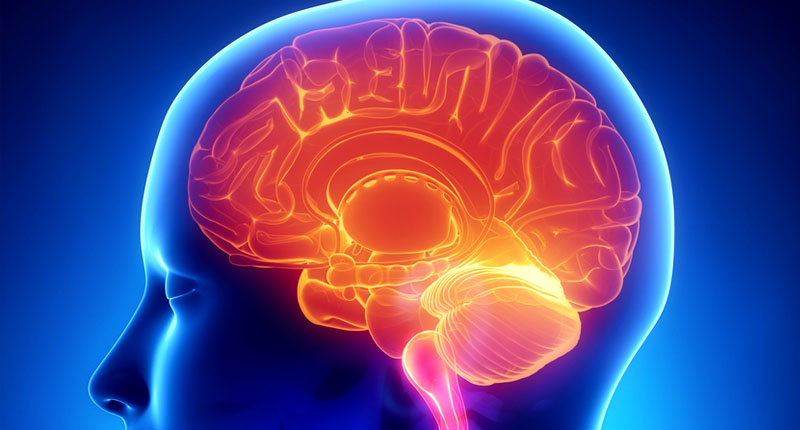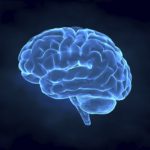A group of researchers at the University of Cambridge found neuroinflammation might be more prevalent in patients with frontotemporal dementia than previously hypothesized.
As suggested in the findings, released online in the peer-reviewed journal Brain, neuroinflammation could be closely associated with protein aggregation commonly observed across the disease spectrum.
The study examined tau and TAR DNA-binding protein 43 (TDP-43) pathology, two potential indicators of neurodegeneration in the brain, often theorized to be the cause of diseases like Alzheimer’s.
“We investigated how neuroinflammation relates to the localization of tau and TDP-43 pathology, and to the heterogeneity of clinical disease,” the study’s co-authors stated in the findings.
According to the study, the research group initiated positron emission tomography (PET) scans of 31 participants with frontotemporal dementia.
“We used a univariate region of interest analysis, a paired correlation analysis of the regional relationship between binding distributions of the two ligands, a principal component analysis of the spatial distributions of binding, and a multivariate analysis of the distribution of binding that explicitly controls for individual differences in ligand affinity for TDP-43 and different tau isoforms,” the findings say.
The search for inflammation and abnormal build-up of several proteins in the brain synonymous with the disease. An injection with a chemical dye was administered during brain imaging scanning, which unveiled what researchers needed to identify inflammatory cells and protein aggregation.
Upon assessing the brain imaging scans, the first indicated neuroinflammation, while the second scan picked up protein aggregation commonly observed in frontotemporal dementia.
“The correlation between regional distributions of neuroinflammation and protein aggregation supports a close relationship between these processes in FTD, mirroring recent evidence from Alzheimer’s disease that neuroinflammation is correlated with tau aggregation, and extending this to TDP-43 associated diseases,” the findings determined.
“Further, we confirm that this relationship is present throughout the disease course, by demonstrating it both in vivo with PET and post-mortem with immunohistochemistry. The partial correlations confirm that this association is over-and-above the effect of atrophy in FTD.”
In previous studies, researchers have examined neuroinflammation as an early feature of pathophysiology in rodents, in which inflammatory changes was existential before tau protein aggregation. But nevertheless, researchers stated: “Although neuroinflammation appears early in the pathogenesis of FTD and other neurodegenerative disorders, it remains unclear whether it is an independently initiating factor or whether it is induced by oligomeric proteins or pre-tangles.”
“A causal role for neuroinflammation in neurodegeneration would inform future drug targets and potential clinical trials in FTD,” researchers concluded. “Our findings therefore warrant further longitudinal mechanistic investigation into the role of neuroinflammation in early-stage neurodegeneration, its relationship to specific protein aggregation and to clinical progression.”


